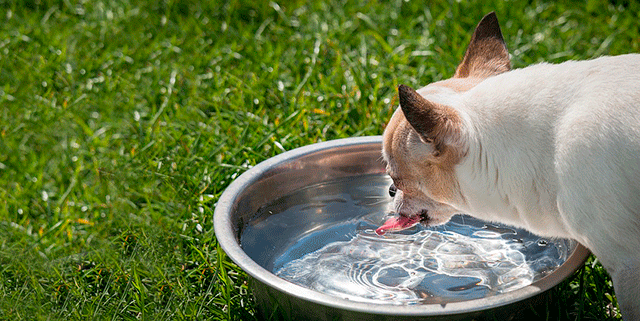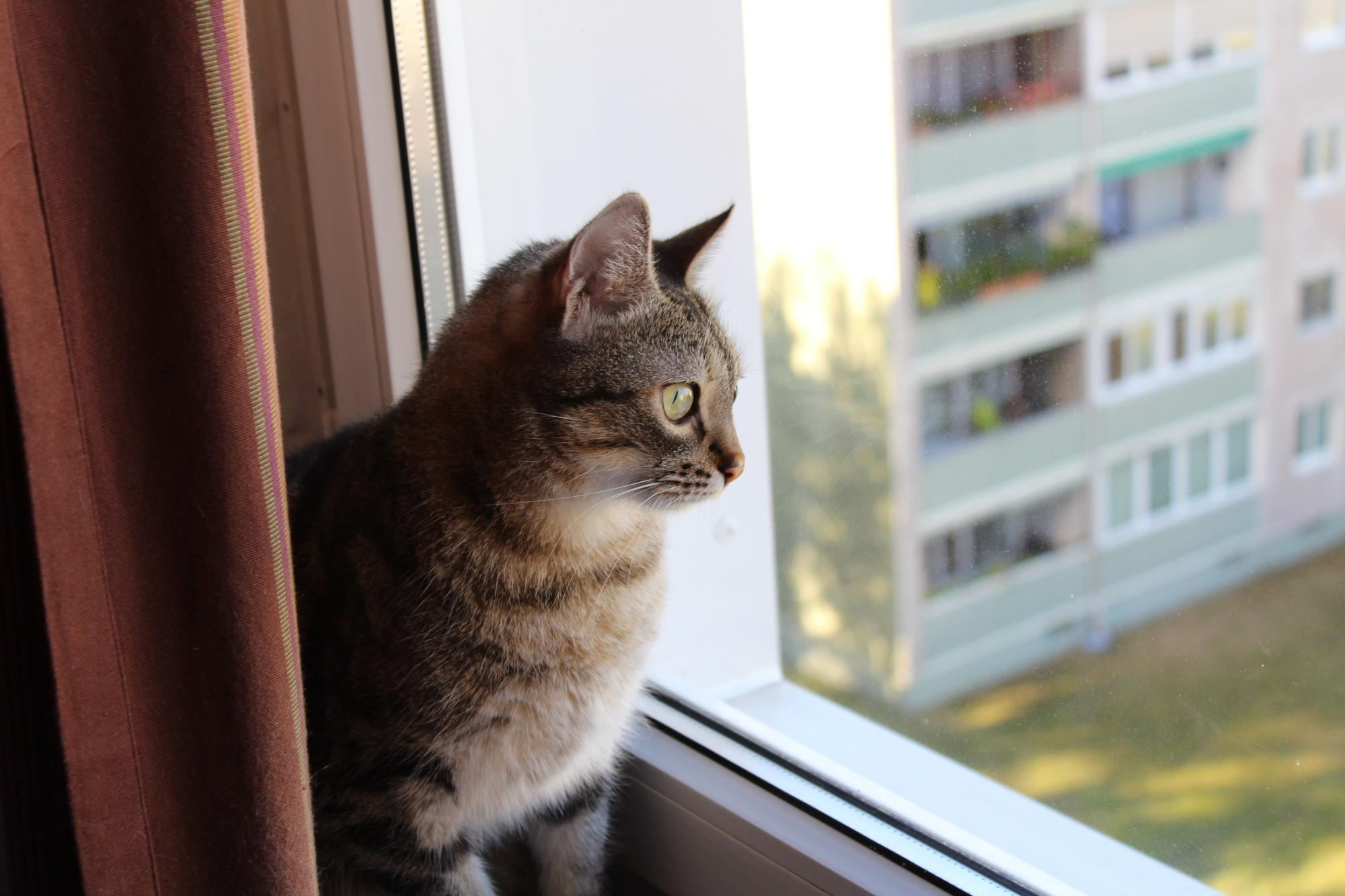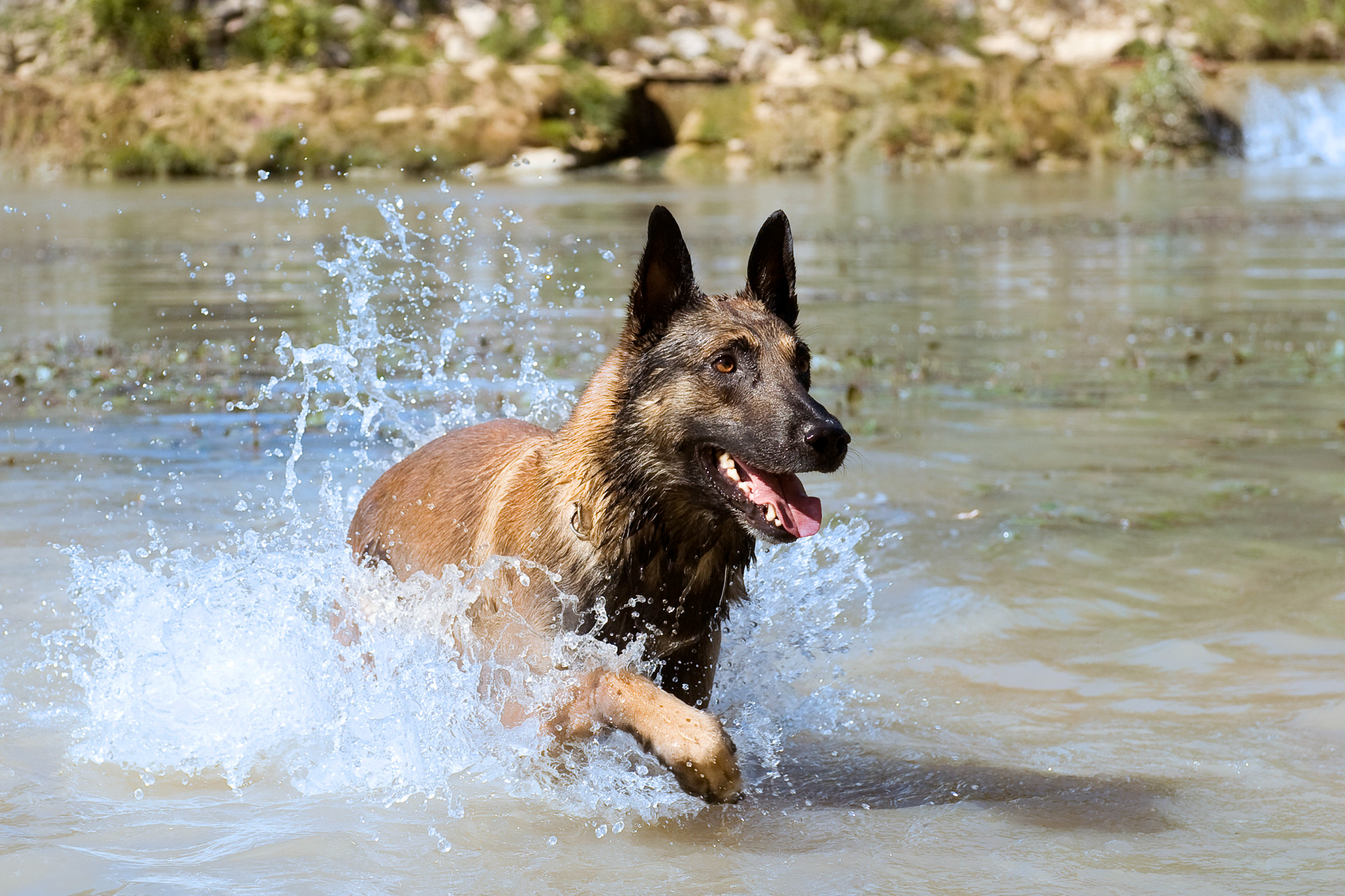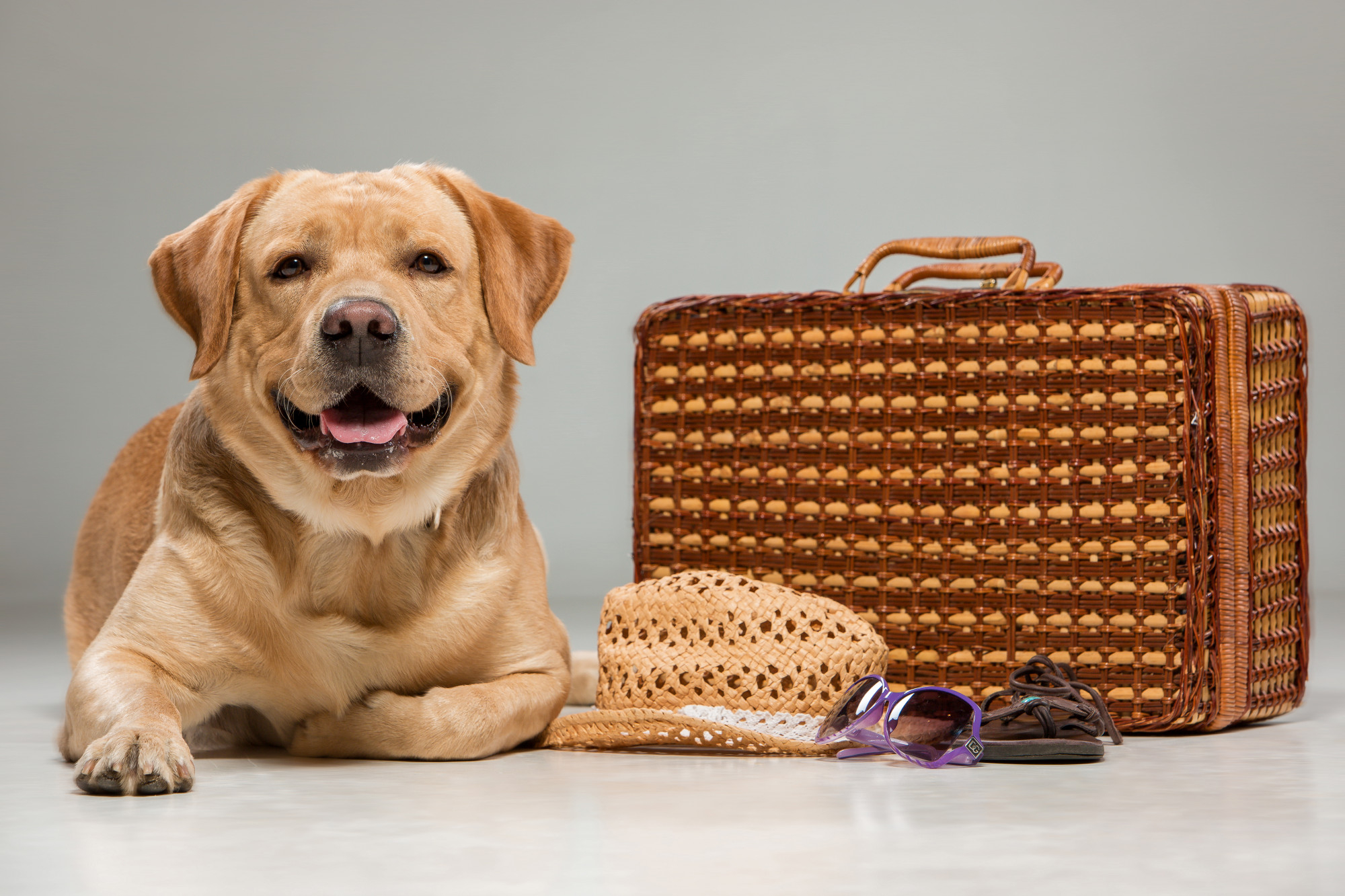The average human body is made up of 60% water. For animals, that level is quite similar. Water is essential for the bodies of all animals, just as it’s essential for life in general. This is why we get thirsty and dehydrated, and why it’s essential for animals and humans alike to get enough water.
Sometimes, we talk to pet owners who are concerned that their cat, dog, or rabbit is drinking too much water. Do water needs vary from species to species? How much is enough, and what’s considered excessive? Is there such a thing as drinking too much water? Can it be a sign of other issues?
Lots of questions about hydration come up at our office, particularly as the days heat up and we enter the summer months. And in fact, water intake is a very, very important thing to pay attention to. So here’s everything you need to know about water intake and your pet.
How much water does my pet need?
It’s estimated that, for good health, an adult human being should drink approximately 8 glasses of water a day, or 3-4 litres. And for health-conscious humans, it’s fairly easy to hit this goal. You understand why you need to drink water, so you get a water bottle and make a focused effort to drink more of it.
Unfortunately, it’s not always an easy task to make a pet drink enough water. While they will of course drink some water by instinct, you might be finding they’re not drinking enough, which can lead to a number of issues. Fortunately, animals tend to need much, much less water than humans.
Dogs: In a 24-hour period, a healthy dog is recommended to drink 60-80ml of water per kilogram of body weight. So if your dog weighs 5kg, this would amount to 300-400ml of water.
Cats: Cats have a lower recommended intake than dogs, with the ideal amount being 40-60ml, per kilogram, per day. So if your cat is 4.5kg, this would mean 180-270ml of water per day.
Rabbits: Relative to their size, rabbits need a lot more water than other animals. Per kilogram, a rabbit should be getting anywhere from 120 to 150ml per day. Between liquid water and the water in fresh veggies, a 5-pound rabbit may have as much as 340ml.
In the case of cats, rabbits, and dogs, some individuals will drink far less water than the recommended average. This is especially true for animals on a primarily moist-food diet, as it has water in it. Animals with a sedentary lifestyle (such as indoor-only or senior pets) may also drink less water than recommended. When in doubt about your pet’s hydration, always ask your vet for their professional opinion on if they’re drinking enough.
Is it possible for pets to drink too much water?
One of the wonders of the body is its ability to maintain hydration at all times unless water is scarce or other stressful factors are involved. So generally speaking, we don’t need to worry about inadequate water intake in our pets unless they are obviously ill.
However, it can be a sign of trouble if your pet is drinking and urinating excessively. This pair of symptoms is known as polyURIA/polyDIPSIA, also known as PU/PD. These symptoms can be signs of a number of serious diseases, such as:
- Diabetes
- Kidney insufficiency
- Bladder infections
- Hormonal disorders
If you notice your pet drinking and urinating much more than they normally do, you should take them to your veterinarian immediately. It’s a serious symptom that may not seem that way until you know what to look for—and rapid diagnosis and treatment are of the utmost importance.
Some pet owners try to withhold water from pets with PU/PD. But this will only result in dehydration, weakness, and undue stress on the pet. A quick diagnosis and timely treatment are the most important things if you notice this issue in your pet; a cat suffering from diabetes might achieve remission, or a dog with a urinary tract infection (UTI) might be treated before bladder stones can form. But in any case, time is of the essence.
Other notes on hydration for pets
Having a good understanding of your pet’s water needs, as well as the frequency of urination during good health is essential. When you have a good baseline of your pet’s regular behaviour, you can more quickly identify the signs of PU/PD, and get treatment without delay.
If you feel that your pet’s fluid intake is inadequate, it may help to add some water to their dry food, or to introduce a water fountain instead of the traditional water bowl. Alternatively, you can simply change your pet’s water more frequently.
Bear in mind that if your pet mostly eats canned food, they’ll often appear to have inadequate water intake. This should not be a concern in healthy cats and dogs, since this food contains lots of water anyway.
Keep in mind also that some pets may have mild to moderate increases in water intake without excessive urination, especially during warm summer days. However, if you do notice your pet drinking an abnormal amount of water and urinating to match, you should have them seen by a professional right away.
The trouble with identifying PU/PD is that it’s a little counterintuitive. As humans, we’re far more at risk of dehydration than overhydration, which is why some pet owners won’t be concerned when their pet is drinking lots of water. However, knowing the signs and implications of PU/PD is essential, and can mean the difference for getting a swift diagnosis and rapid care to an animal in need.
Creative Commons Attribution: Permission is granted to repost this article in its entirety with credit to Hastings Veterinary Hospital and a clickable link back to this page.






